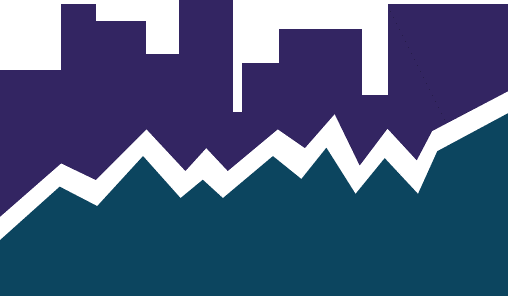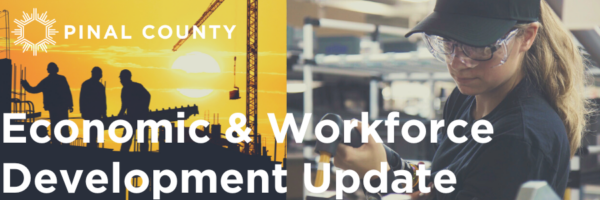The Monday Morning Quarterback
A quick analysis of important economic data released over the last week
Are We In A Recession?
It really depends on who you talk to. If you are in the retail, restaurant, entertainment, amusement, airline, or hotel industries, it feels like we are in a significant recession. For everyone else, it may feel more like a mild economic downturn.
According to official sources, the U.S. is in a formally declared recession with an end point that is yet to be determined. Recessions are determined by the National Bureau of Economic Research (NBER), a private, nonpartisan organization comprised of economists at U.S. universities that investigate and analyze major economic issues. NBER maintains a chronology of the peaks and troughs of U.S. business cycles. A recession is the period between the peak and a trough of economic activity. A recovery is the period between a trough and a peak.
In June 2020, the NBER determined that a recession was underway with the peak in monthly economic activity occurring in the U.S. economy in February 2020. The peak marks the end of the expansion that began in June 2009 and the beginning of a recession. The expansion lasted 128 months, the longest in the history of U.S. business cycles dating back to 1854. The previous record was held by the business expansion that lasted for 120 months from March 1991 to March 2001.
Typically, the NBER does not determine the beginning and end to a recession until it is well over. For instance, the determination of the start and end of the Greater Recession, which ended in June 2009, was not made until 15 months later in September 2010. However, the unique circumstances surrounding the coronavirus pandemic and the public health response resulted in a downturn with different characteristics and dynamics than prior recessions. The NBER concluded that the unprecedented magnitude of the decline in employment and production starting in March 2020, and its broad reach across the entire economy, warranted the designation of this episode as a recession, even if it turns out to be briefer than previous recessions.
So, we may still be in an official recession even though the recovery of jobs and economic activity in May and June was quick and dramatic (see chart below). If this were a “normal” recession, it probably would be declared as ending in May or June. However, the NBER has not announced the end of the recession given the current weaknesses in certain sectors of the economy. In both recessions and expansions, brief reversals in economic activity may occur. For instance, a recession may include a short period of expansion followed by further decline. In the case of the current recession, the job losses in March and April were huge, with more than 22 million people losing their jobs. Since then, the economy gained back more than half of those jobs over the succeeding months until December when job losses (140,000) occurred again with the surge of the pandemic. As of the end of the year, the U.S. economy is still down more the 9.8 million jobs compared to the peak in February 2020.
Given the unique characteristics of the coronavirus-induced recession, we may see further economic volatility. NBER will eventually announce when they believe the recession ended and expansion is once again underway. We, along with many other economists, are hopeful that with the rollout of the vaccine this year, economic expansion will continue, albeit most likely with continued volatility for the next several months.
Now, on to the data:
U.S. Snapshot:
- Initial unemployment claims increased by 181,000 to nearly one million (965,000) claims in the week ending January 9th. While last week’s numbers were the highest since August 2020, they remained significantly below the nearly 6.9 million claims in late March.
- Real GDP forecasts for 2021 increased to 4.2% according to the Blue Chip Indicators January issue. The U.S. economy is expected to continue growing despite the recent spike of COVID-19 cases primarily based on a successful distributing of the vaccine in the first half of 2021. The growth rate is expected to decrease to 3.4% but remain above the trend.
- The consumer price index for all items increased at 0.4% in December at the fastest pace since last summer. The increase was primarily led by gas prices. Year-over-year, the index closed the year up 1.3%. All items less food and energy increased 1.6%. Both of these indices are below the Fed’s inflation target of 2%.
- Retail sales fell for the third consecutive month in December as the number of COVID cases continued to climb. The monthly decrease of 0.7% seen in December is an improvement from the decline of 1.4% in November. Retail sales were up 2.9% compared to a year ago. The decline came as consumers cut back on both in-person and online shopping for the month.
- Industrial production increased by 1.6% beating expectations in December. Despite the recovery since April, manufacturing output is down 3.6% from the levels seen last December.
- The U.S. government deficit increased by $143.6 billion in December. This compares to the pre-pandemic level of $13.3 billion in December 2019. The increase is due to higher relief and unemployment outlays. Fiscal-year-to-date, the deficit reached $572.3 billion compared to the previous year’s $356.6 billion.
Arizona Snapshot:
- Retail sales were up 9.2% for the year and 6% in the month in state as whole. Maricopa County saw slightly slower growth at 9.1% for the year and 5.2% for the month.
- December tends to be a slow month for home sales but according to the Tucson Association of Realtors this December continued a healthy sales pace to close out the year. The number of sales increased 12.6% for the month and 17.7% from a year ago. The lack of inventory continues to be an issue. The number of listings were down 54.3% from last year while the median sales price is up 12.9% for the same time period.












